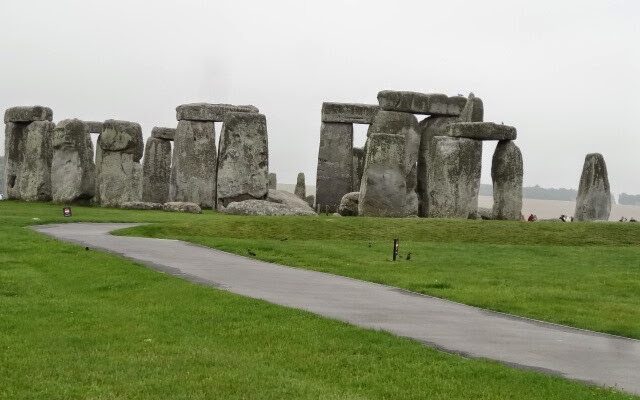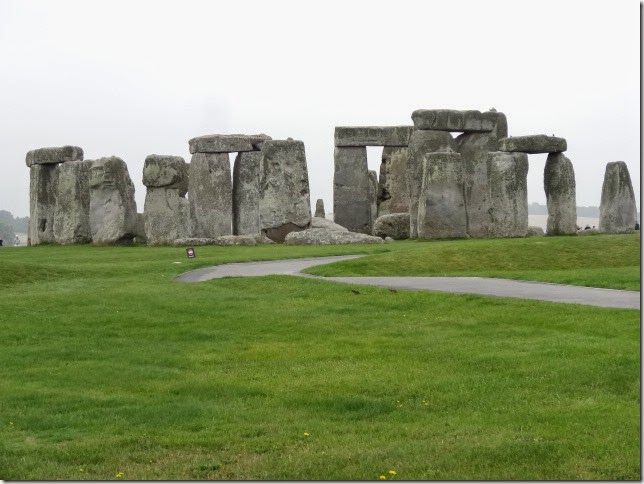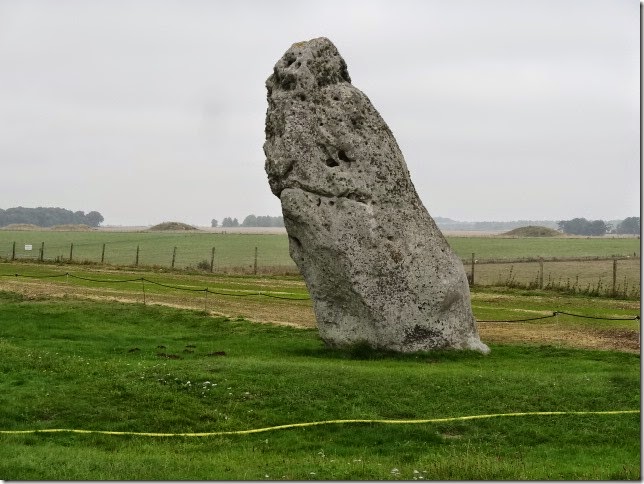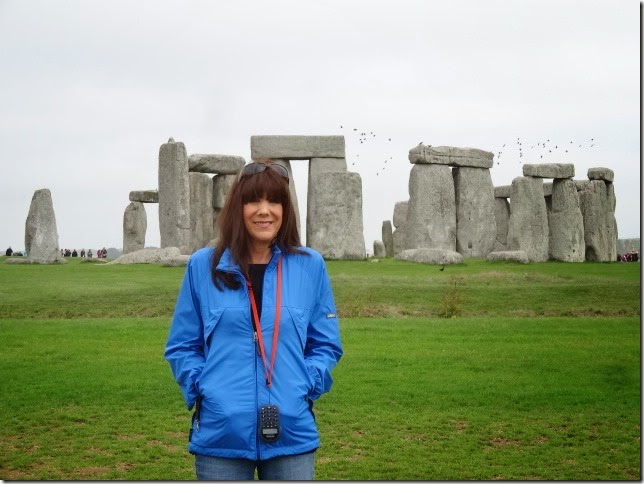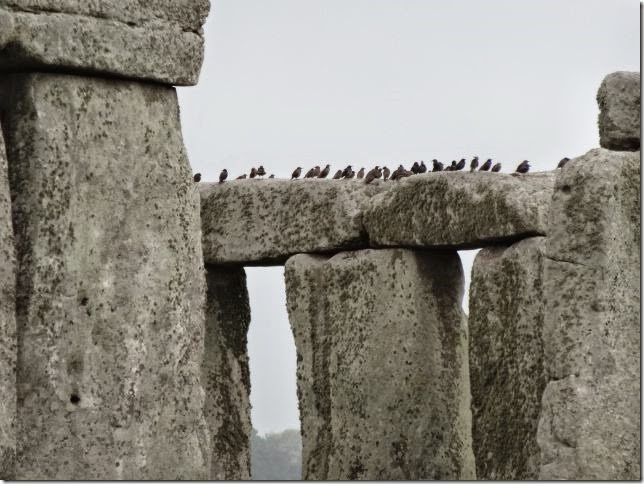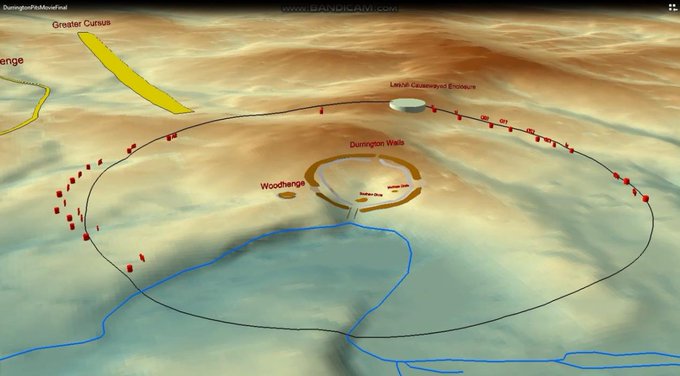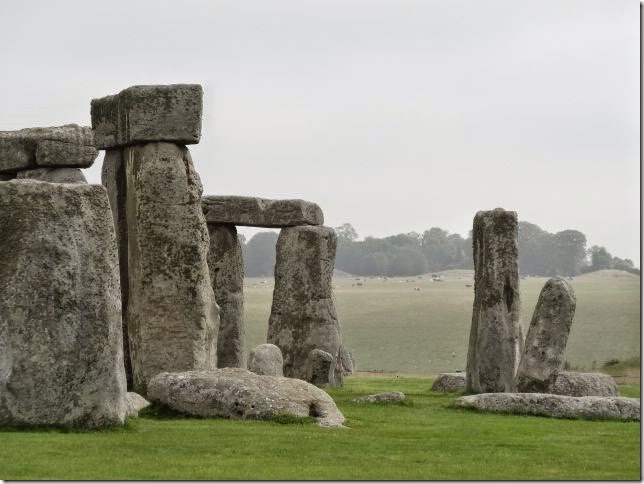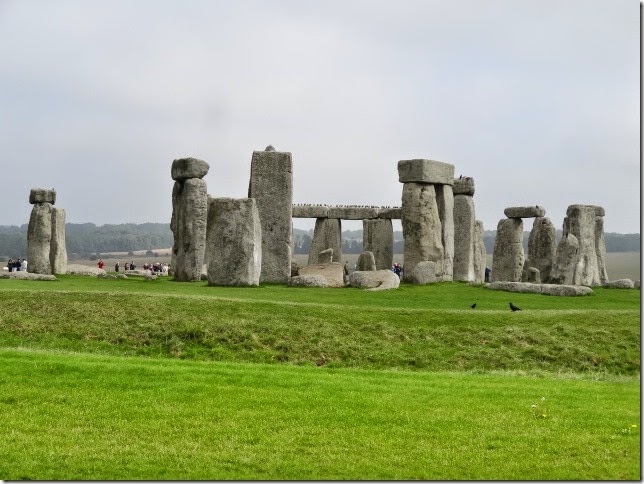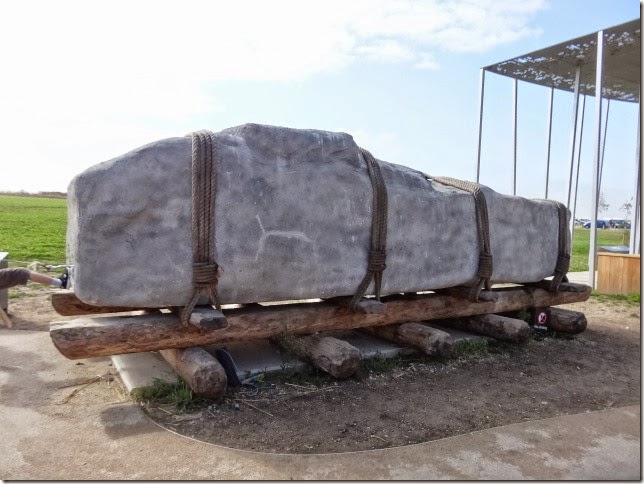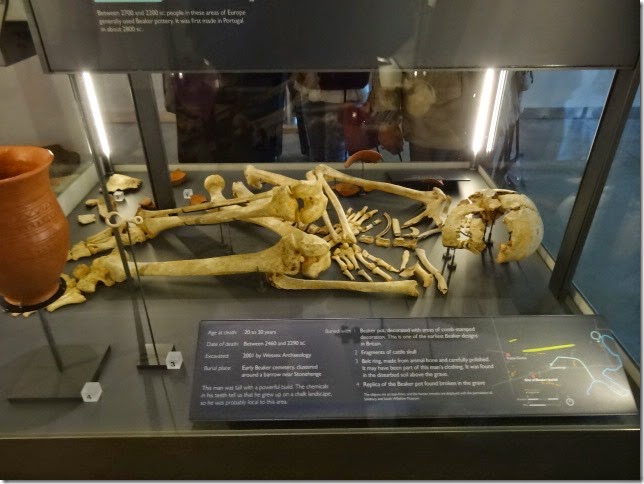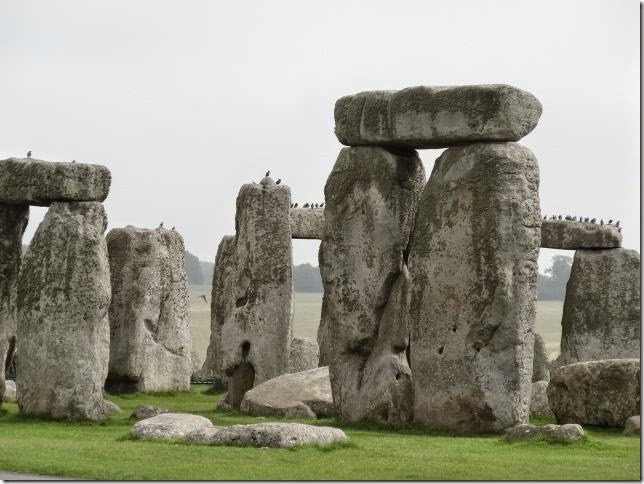
Is it possible I won’t have to have another open heart surgery? Based on test results so far, it’s looking like I may not need to. But the biggest test is upcoming on Friday, and the one I am dreading the most is a cardiac angiogram. It’s an unpleasant test. I’ve had it twice in the past.
If I could be anesthetized during the test, I wouldn’t mind so much, but this test is done while the patient is awake. The idea of being awake again for yet another one of these tests while they cut a hole in my groin or wrist, which they will have numbed with lidocaine, is a bit intimidating to me. Also, a mild sedative is usually provided.
There is no pain during the test, but the concept of a thin wire being threaded into my heart makes me cringe a bit. For some patients, this may not be an issue. Of course, it’s important to discuss concerns with the physician and the anesthesiologist who will be present during the test.
An angiogram is a medical imaging procedure used to visualize the inside of blood vessels and organs, primarily to identify and diagnose issues related to blood flow, such as blockages or abnormalities in arteries and veins. The procedure involves using X-rays and a contrast dye injected into the bloodstream, allowing doctors to see the blood vessels more clearly on the X-ray images.
Angiograms are crucial tools in diagnosing a range of cardiovascular conditions. When a patient experiences chest pain, shortness of breath, or unexplained fatigue, doctors may suspect an issue with the heart or the blood vessels supplying it. An angiogram can help determine whether there are any blockages or narrowing of the coronary arteries, which supply blood to the heart muscle. This is particularly important in diagnosing coronary artery disease (CAD), a leading cause of heart attacks.
It was in South Africa in February 2019 that I had an angiogram that determined that I needed immediate open heart surgery, which is called CABG (yep, pronounced “cabbage”), which is a “coronary artery bypass graft.”
Angiograms can examine blood vessels in other parts of the body, including the brain, kidneys, legs, and heart. For instance, a cerebral angiogram can help identify issues such as aneurysms (weak spots in blood vessels that can rupture) or arteriovenous malformations (abnormal connections between arteries and veins), leading to severe complications if not treated.
Undergoing an angiogram involves several steps, beginning with preparation. Patients are typically advised to avoid eating or drinking for several hours before the procedure. Once at the hospital, they may receive a mild sedative to help them relax.
The procedure usually occurs in a catheterization lab, a specialized room equipped with imaging equipment. The patient lies on a table, and the area where the catheter will be inserted is numbed with a local anesthetic. The catheter, a thin, flexible tube, is inserted into a large artery, usually in the groin or wrist, and carefully threaded through the blood vessels to the area of interest.
Once the catheter is in place, the contrast dye is injected through it. As the dye travels through the bloodstream, it highlights the blood vessels on the X-ray images, allowing doctors to see any areas of concern. Patients may feel a brief warm sensation or a flush as the dye is injected, but this is typically mild and short-lived.
The entire procedure usually lasts about 30 to 60 minutes, though it can vary depending on the case’s complexity. After the angiogram, the catheter is carefully removed, and pressure is applied to the insertion site to prevent bleeding. Patients are typically monitored for a few hours to ensure no complications before they can go home, though some may need to stay overnight.
Like any medical procedure, an angiogram carries some risks, though they are generally low. Potential complications can include allergic reactions to the contrast dye, bleeding or bruising at the catheter insertion site, and, in rare cases, damage to the blood vessels or kidneys. However, the benefits of accurately diagnosing potentially life-threatening conditions often outweigh these risks.
Patients need to discuss their medical history with their doctor before the procedure, particularly if they have allergies, kidney problems, or are pregnant, as these factors can influence the safety and approach of the angiogram.
Following an angiogram, the results will help guide the next steps in a patient’s care. If a blockage or narrowing is found, doctors may recommend further treatments such as angioplasty (a procedure to open the narrowed arteries) or surgery. Sometimes, the angiogram might lead to lifestyle recommendations, such as dietary changes, exercise, or medications to manage the underlying condition.
Overall, an angiogram is a vital diagnostic tool in modern medicine. It provides detailed insights into blood vessels’ health and helps inform treatment decisions that can save lives. This procedure combines advanced technology with expert medical care to ensure the best possible outcomes for patients.
This morning, after being off the high-risk Flecainide for five days, I had a repeated stress test. I completed the test but am not confident that the results were ideal based on the conversations between the three technicians performing the test. But I could be wrong. Within the next few hours, after the doctor has accessed and documented the test results, I’ll be able to see his assessment in My Chart. I wait patiently.
After Friday’s angiogram, I’ll know even more. We’ll continue to post results.
Be well.
Photo from ten years ago today, September 3, 2014:


